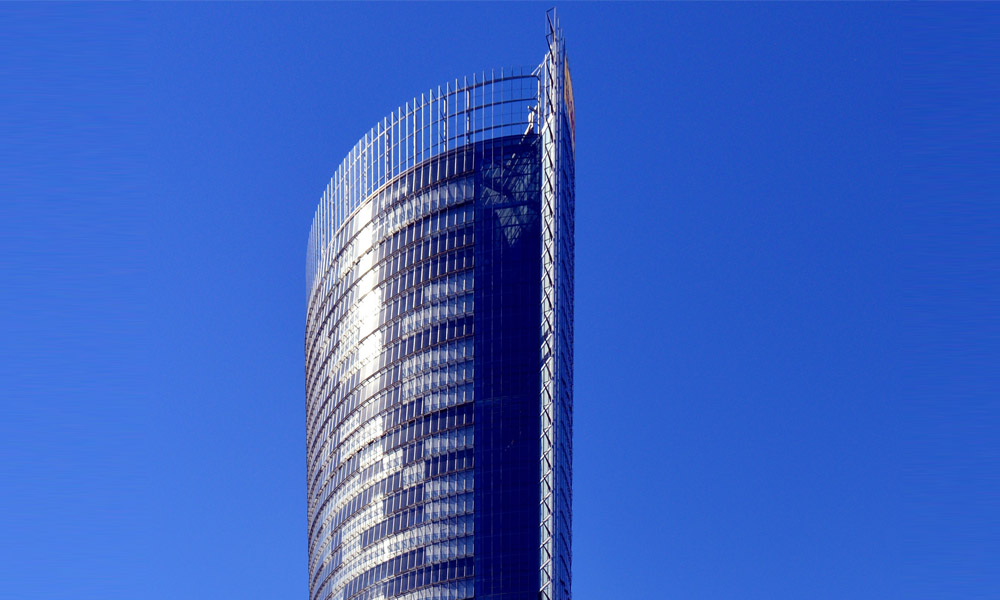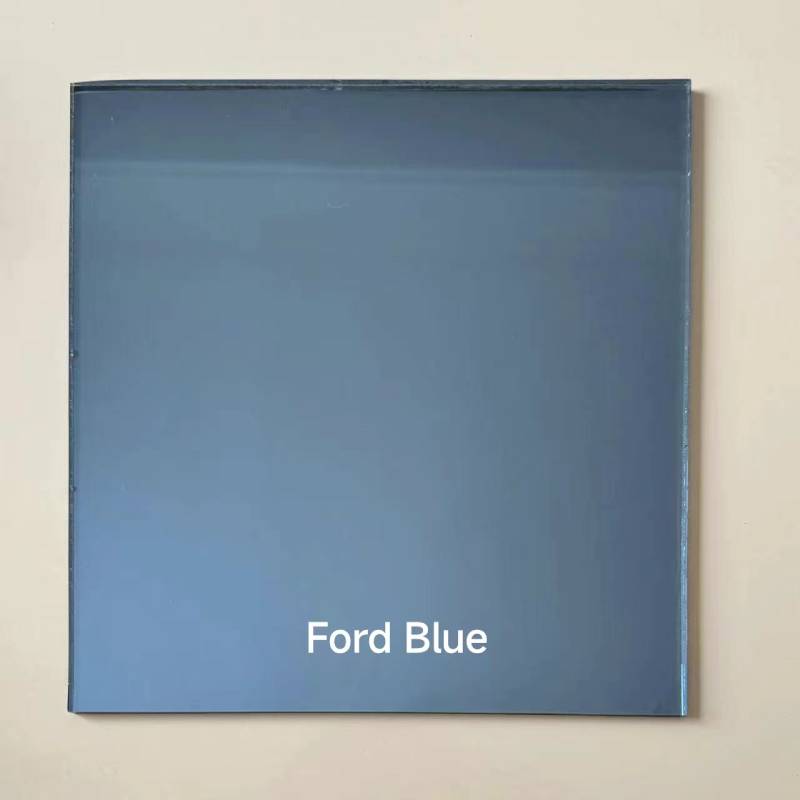Transforming glass from clear to frosted has become an essential trend in interior design, architecture, and workplace environments, thanks to its combination of aesthetic appeal and functional benefits. This alteration is not just a cosmetic update but an invaluable feature for privacy and style. Understanding the process, technology, and myriad applications can help optimize your choice and enhance your project's success.

Clear to frosted glass is achieved through several reliable methods. The most enduring and widely utilized technique is sandblasting, where the glass surface is bombarded with fine grains of sand, leading to a uniformly frosted effect. An alternative and less abrasive method involves acid etching, where the glass is treated with hydrofluoric acid to create a smooth, translucent finish. Both techniques modify the glass's surface to diffuse light elegantly while maintaining a barrier that obscures direct visibility.
The popularity of frosted glass is rooted in its capacity to blend privacy with aesthetics. In modern offices, meeting rooms lined with frosted glass walls provide confidentiality without sacrificing openness and light flow. For residences, bathrooms and shower enclosures often use frosted glass not only for privacy but also to impart a touch of sophistication and luxury. Businesses utilize frosted glass for branding too, incorporating logos and artistic patterns, making spaces visually engaging and simultaneously functional.

One significant innovation is switchable smart glass technology. Through electric current, smart glass transitions from clear to frosted in seconds, providing adaptive environments that cater to multiple needs. Originally popularized in high-end corporate settings, smart glass is quickly becoming a feature in luxury homes. The ability to control transparency offers unparalleled flexibility whether for adjusting light levels, enhancing privacy at the flick of a switch, or enabling energy efficiency—a key factor as eco-conscious choices dominate consumer priorities.
Choosing high-quality frosted glass products hinges on considering factors like durability, maintenance, and intended use. Selecting between laminated and tempered options is crucial, as these correspond to different safety standards and application suitability. Laminated glass, with its layers of plastic interlayer film, is ideal for areas requiring additional sound insulation and security. In contrast, tempered frosted glass, which is thermally toughened, is up to four times stronger than regular glass, making it suitable for external applications where impact resistance is paramount.
clear to frosted glass
Expert remodeling professionals emphasize the importance of integrating frosted glass within a cohesive design framework. Opting for custom patterns or gradients can personalize spaces and accentuate design themes. A mix of clear and frosted sections can offer dynamic interaction with light, creating a compelling visual play that exceeds a flat, singular approach. Consulting with experienced glass manufacturers and designers ensures that both functionality and creativity are maximized.
Investing in top-tier frosted glass also entails evaluating UV resistance and light transmission rates. Premium products feature advanced coatings that prevent UV-induced fading of interior furnishings while maintaining ample natural light—a primary concern in energy-efficient building design. Consideration of these attributes supports informed decision-making and enhances long-term satisfaction.
Ultimately, achieving a successful clear to frosted glass transformation extends beyond mere installation. Regular cleaning with appropriate non-abrasive solutions inhibits the buildup of residue without damaging the frosted surface. Engaging professional services for maintenance can also preserve the glass's pristine condition and prolong its lifespan—a wise investment, considering the balance of beauty and utility it provides.
As glass continues to evolve from a functional necessity to a tactical design element, the versatility of clear to frosted transformations underscores its rising importance. Proper application and maintenance not only result in a visual upgrade but also contribute significantly to privacy, energy efficiency, and modern aesthetics. For those aiming to remain at the cutting edge of contemporary interior and architectural design, embracing frosted glass is not just an option but a strategic imperative.



